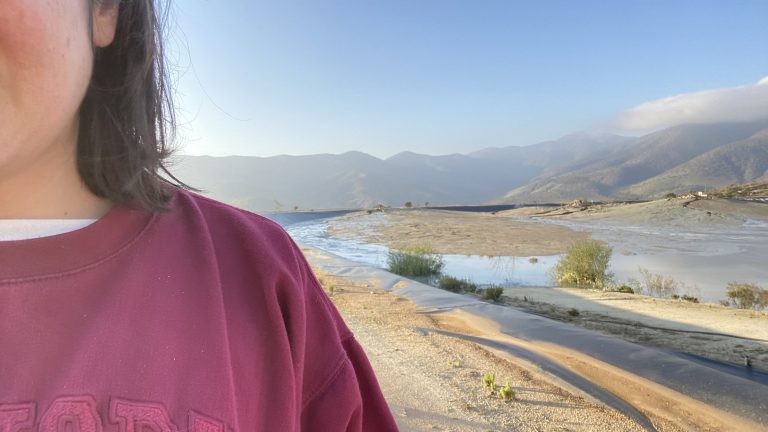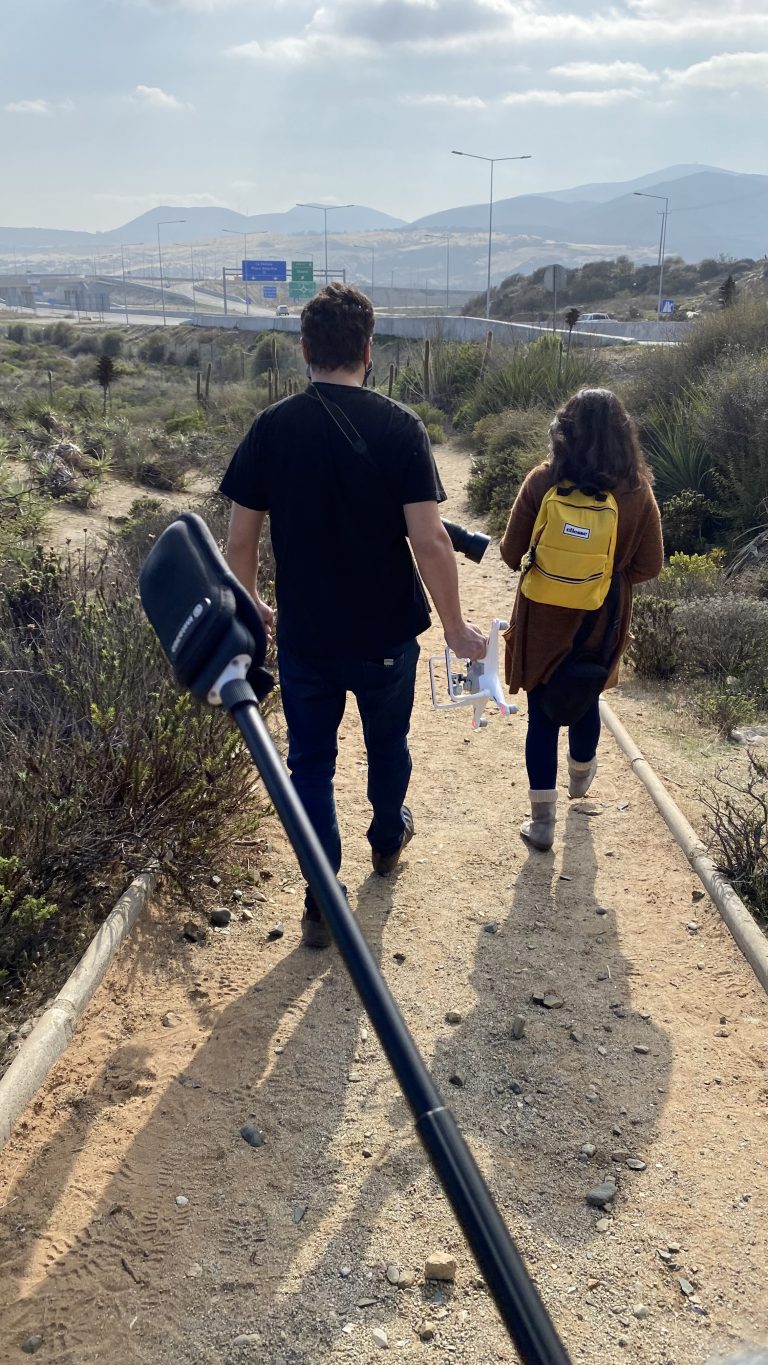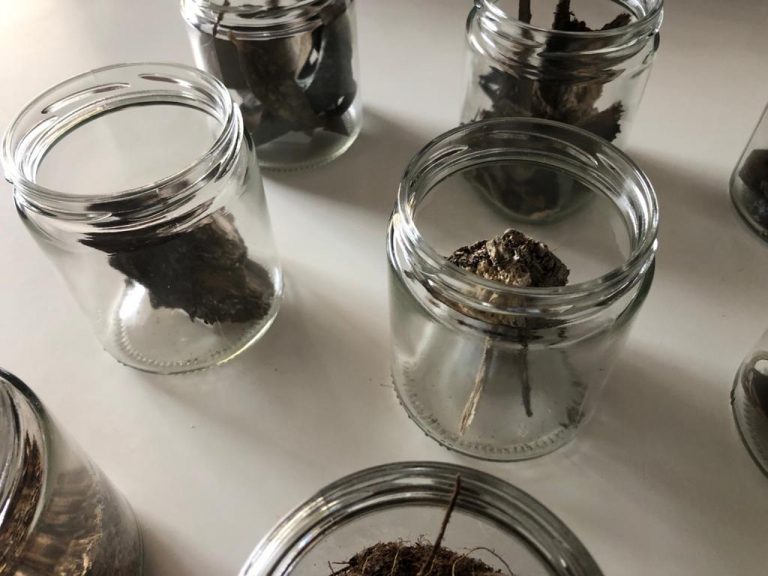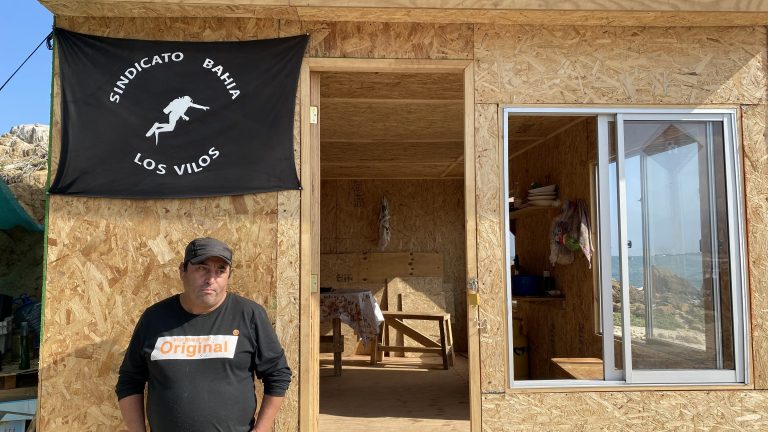„Suppose we understand nature as our kin“
Linda Schilling Cuellar and Claudio Astudillo Barra lead AHORA, a research and design practice based in Santiago, Chile. Their project Toxicity Distributed — Post-extractivism Economies, explores scenarios of post-extractive futures and the environmental liabilities connected to the closure of the Los Pelambres copper mine. Linda and Claudio tell us more about their interest in these issues and current status of the project.
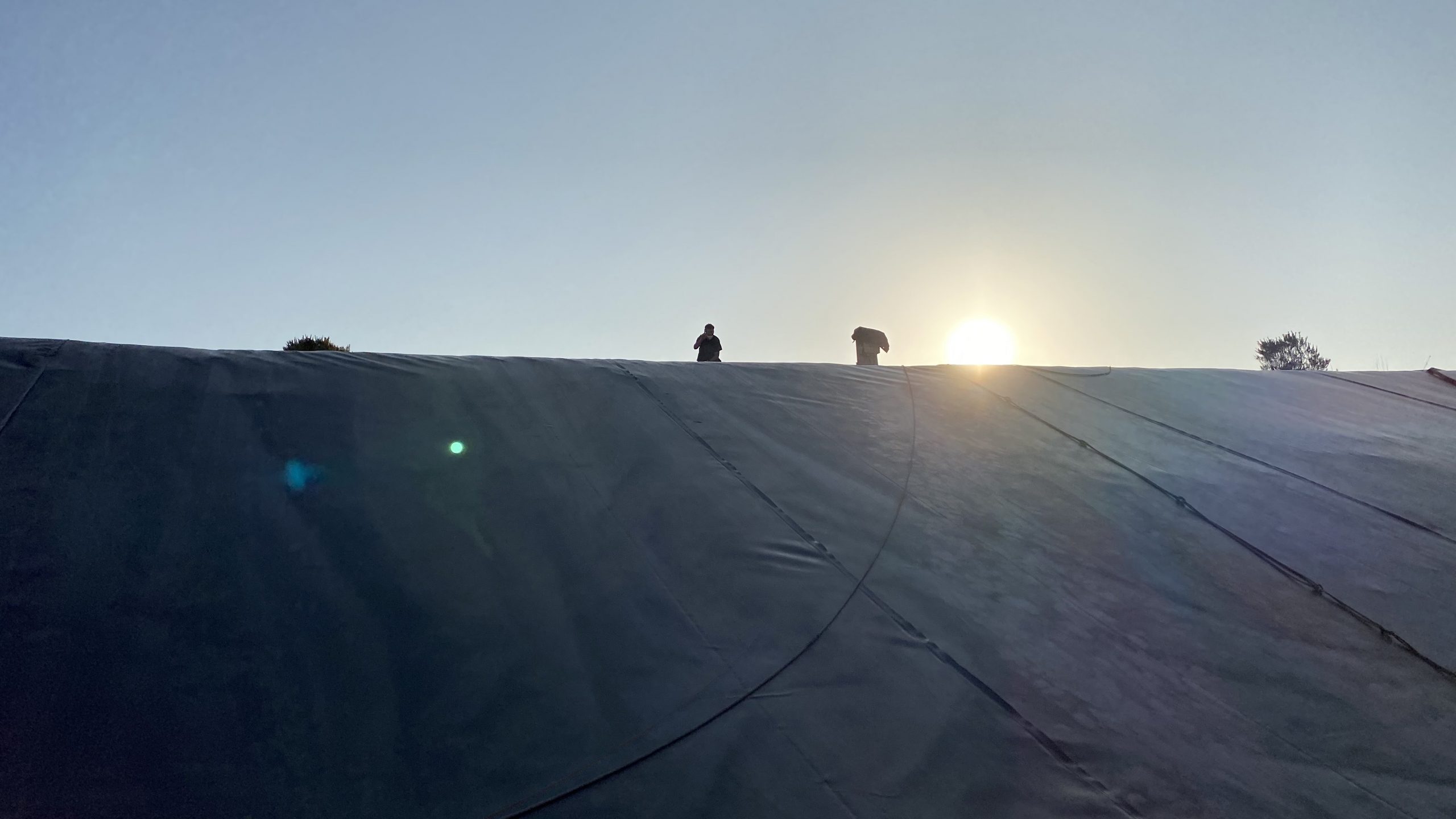
Standing on the edge of the dike wall at Las Vacas tailing pond near Los Vilos, Chile. Field trip July 14, 2021.
When and how did your project start?
It began with another research project called Extractopia. With the support of Columbia University GSAPP`s Incubator Prize, we set out to research extraction economies in the Chilean landscape. Our case study is a copper mine. We wanted to understand the infrastructure deployed throughout the country from the Andes to the Pacific Ocean that takes minerals out of our territory and the disrupted livelihoods and nature along the way. When examining these sites, we came across the term “environmental liabilities”—defined by our legislation as that abandoned or paralyzed mining site, including its waste that constitutes a significant risk to the life or health of people or the environment. But it was challenging to draw the edges; these are massive landscape features under the names of tailing dams and evapotranspiration zones as large as 140 hectares. Moreover, each of these sites is inherently toxic, so our Toxicity Distributed research thread began.
What is the profile of the project collaborators?
As AHORA, we set out to engage with subject matter experts to help us bridge the knowledge gaps we architects have regarding these environmental liabilities’ ecosystem impacts. That’s why we started building a network of subject matter experts we could consult. Their expertise ranges from marine biology, forestry engineering, a biochemist expert in tailing dams, to civil engineering. All of them agree that there is not enough literature to understand the long-term effects of these sites on the health of nearby populations, aquifers, etc. Their magnitude is unparalleled. Academia is recently catching up with studying them and policymakers developing regulations.
Which stage is the project in?
We are working on speculations in fictional tales to develop plausible future scenarios where these sites are subject to slow atomization via different trades that transform them into productive landscapes. These environmental liabilities are not sites to be reclaimed or remediated. They are past that point in terms of scale, so the approach is to understand how communities can learn to live with toxicity. These fictionalized tales are a political imagination exercise to claim back agency once the mine closes in 2037.
In this phase of your research, what are the two most important aspects of the project?
Plausibility and time. After site visits, we draft the fictionalized tales based on interviews with local community members and subject matter experts. We collected material samples and reviewed the literature on environmental impacts to understand what plausible actions could turn these sites into productive landscapes for the adjacent communities once the mine closes. The economy of these places bases on subcontracted job positions and other mine-related services that will not hold when the mine, its primary demand creator, closes. Regarding the time aspect, it is vital to understand that none of these tales is a road map for now, but for a future set to unravel in sixteen years from today. We don’t want to engage with a solutionist framing that helps build an argument for carrying out business as usual, but to frame the conversation around the uncertainty of living together with toxicity. How does that look? Who takes part in that future? What livelihoods will rise from these new landscapes? These questions need to be addressed by communities in territories subjected to mining and everywhere where extraction economies deploy their infrastructural capacity to exhaust the land. That exhaustion is the sign of our Anthropocene geological epoch; the toxic stratigraphy is its legacy.
What are the next steps in the research?
We would like to advance the stories by socializing them with locals and engaging them in co-creation instances. The deliverable might be a film, printed zine, or board game; whatever form it takes, the goal is to kick start a conversation around that future post-extractivist scenario. After socializing the stories, we expect them to become a folktale that can eventually awaken agency amongst a community often disenfranchised by the mine from their landscapes and livelihoods.
How could our relationship with nature improve?
Suppose we understand nature as our kin. An extension of ourselves, not something outside our bodily experience, but as us. A perspectival shift that can genuinely help us move forward in regards to the rights of nature. We humans and non-humans are connected; these connections are crucial to our survival; we must care for those relationships, as well as the toxic wounds we are currently inflicting on our landscapes.


